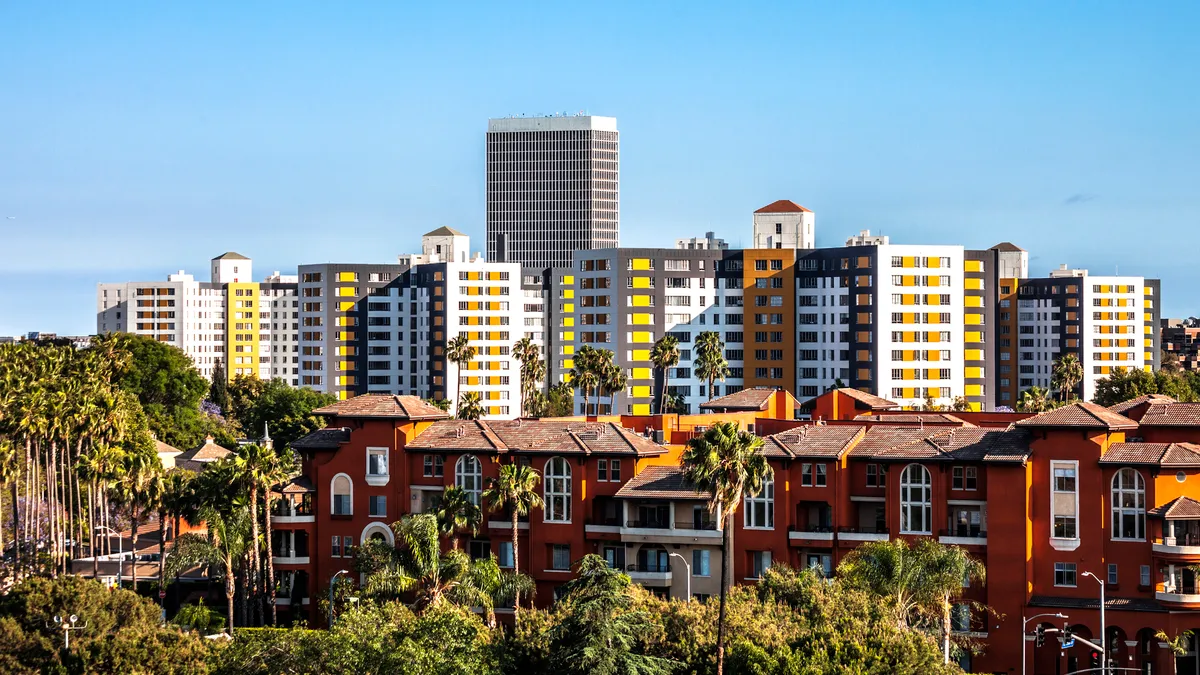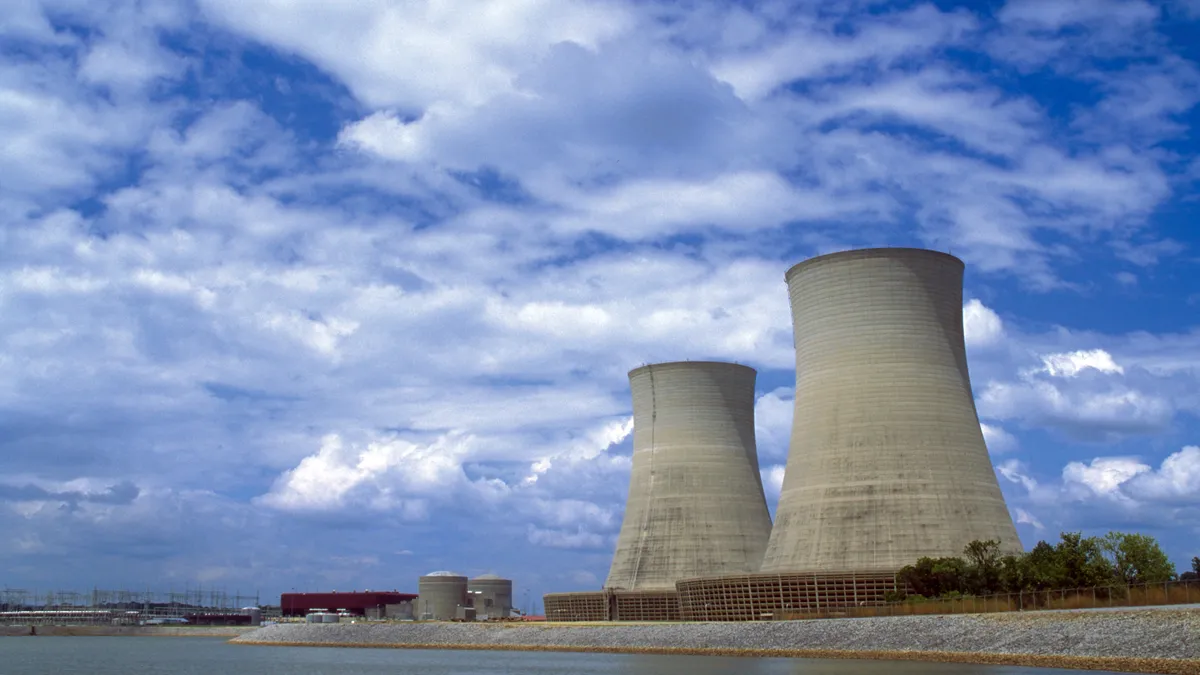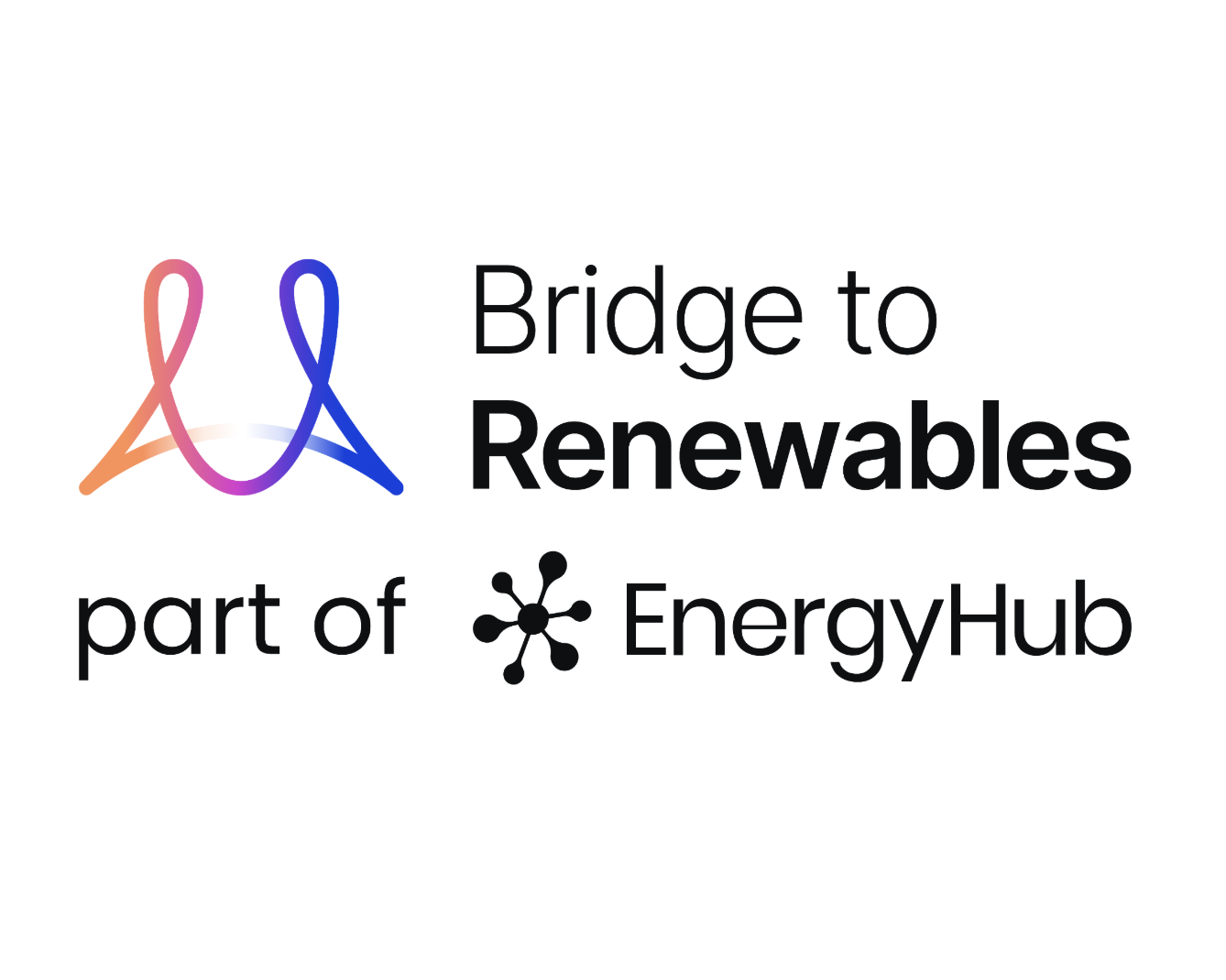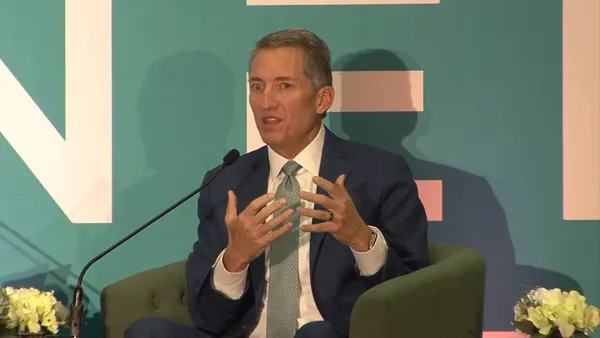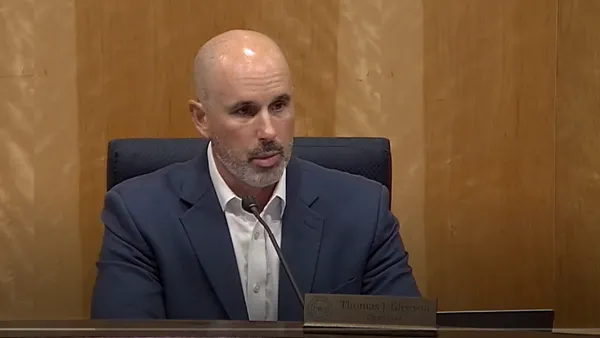Dive Brief:
- Southern California Gas, San Diego Gas & Electric and Southwest Gas this month jointly filed an application with the California Public Utilities Commission to implement hydrogen blending demonstration projects.
- The utilities intend to use a phased approach to blending hydrogen into utility distribution infrastructure at a 5% level and above, they said in their application. Experiences from the projects will be used in potential future studies of blending hydrogen into transmission infrastructure.
- The use of existing natural gas infrastructure to transport hydrogen is being actively pursued across the world, Neil Navin, SoCalGas vice president for clean energy innovations, said in a statement. “This demonstration project offers a real-world environment to better understand how clean fuel blends can be delivered to customers connected to the gas grid today. It can also help us assess how to more quickly deploy advanced technologies key to the state’s climate and clean air goals such as neighborhood micro-grids that promote reliability and resiliency,” Navin added.
Dive Insight:
In November 2020, a group of utilities filed a similar application with the commission requesting permission to set up memorandum accounts to record costs related to a hydrogen blending demonstration. However, regulators eventually dismissed that application, and recommended that the utilities demonstrate more collaboration with other stakeholders, including the California Energy Commission and University of California Riverside.
The new application addresses some of these concerns, and will help to “examine the current policy and technical status of hydrogen as an energy source,” according to the utilities. The filing seeks permission to set up balancing accounts for each utility to record the costs related to these projects, which will focus on blending hydrogen into isolated polyethylene plastic, as well as steel and plastic pipeline distribution systems.
The utilities expect that the projects will help inform potential revisions to California’s standard renewable gas interconnection tariff. Current knowledge and testing limitations have prevented them from proposing a system-wide hydrogen injection standard that would allow for higher amounts of hydrogen without affecting safety and reliability, they said.
However, Rebecca Barker, associate attorney with Earthjustice, said the projects are “an expensive distraction,” when the state could instead electrify its building sector.
“[Y]ou can already electrify [commercial and residential] buildings as opposed to spending millions and millions on continued research for something that is kind of a dead-end solution,” she said.
Barker does, however, see a role for hydrogen in the clean energy transition – the limited supply of truly green hydrogen will be helpful to decarbonize hard-to-electrify sectors, like shipping, aviation, highly industrial processes and long-distance trucking, she said.
This July, the CPUC unveiled the results of a report that it commissioned, conducted by the University of California at Riverside, on the impacts of blending hydrogen into the existing natural gas system. The study found that while hydrogen blends of up to 5% are generally safe, blending higher levels of hydrogen into pipelines increases the chance of leaks and embrittlement of steel pipelines, and could require modifying appliances like stoves and water heaters.
Hydrogen blends that exceed 20%, meanwhile, create a higher chance of permeating plastic pipes, increasing the risk of gas ignition outside the pipeline. Moreover, because of the low energy content of hydrogen gas, a higher quantity of hydrogen-blended gas will be needed to deliver the same amount of energy to customers, according to the study. It concluded that the state will need to further study hydrogen blending to ensure that it can be done safely.



